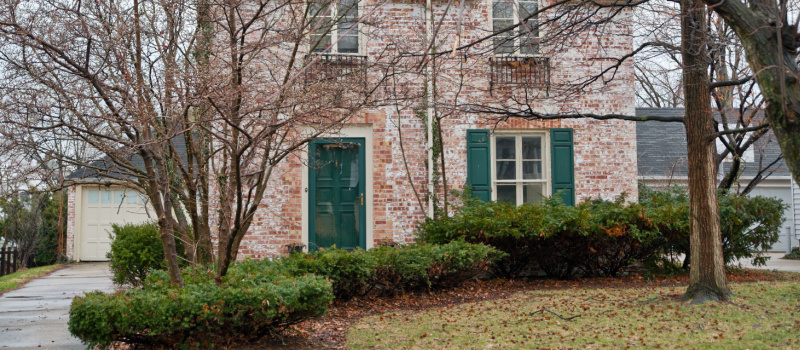Can I Maintain a Healthy Yard Through the Fall and Winter?

As the vibrant colors of summer start to fade and the cool breeze of fall settles in, many homeowners may wonder if maintaining a healthy yard during the fall and winter months is possible. The answer is a resounding yes! While your yard may not be as lush and active as it is in the spring and summer, there are several steps you can take to ensure it remains healthy, beautiful, and ready to flourish when warmer weather returns.
1. Keep Up with Lawn Care
Maintaining a healthy yard starts with proper lawn care. Even as the temperature drops, your lawn still requires attention. Here's what you can do:
- Mow Less Frequently: As growth slows down, reduce the frequency of mowing. However, don't cut your grass too short. Aim for a slightly higher mowing height to protect the grass from the cold and frost.
- Remove Leaves: Falling leaves can smother your lawn and create an environment for disease. Regularly rake or mulch leaves to keep your grass healthy.
2. Aerate and Overseed
Fall is an excellent time to aerate your lawn, which involves perforating the soil to allow better air and nutrient penetration. Aerating helps alleviate compaction and promotes root growth. After aerating, consider overseeding to fill in any bare patches and thicken your lawn.
3. Fertilize Smartly
Fertilization in the fall is critical to prepare your lawn for winter and encourage strong spring growth. Use a slow-release, balanced fertilizer that's suitable for your grass type. Apply it according to recommended guidelines, usually in late fall.
4. Control Weeds
Weeds can still be a problem in the fall and winter. Consider using a pre-emergent herbicide to prevent winter weeds from taking hold in your lawn. Post-emergent herbicides can be used for existing weeds. Be sure to follow the application instructions carefully.
5. Prune and Tidy Up
Fall is an excellent time to trim back shrubs and trees to remove dead or diseased branches. Pruning can improve the overall health and shape of your landscape. Additionally, cleaning up debris and dead plants can prevent pests and diseases from taking hold.
6. Water Carefully
While your lawn doesn't need as much water in the fall and winter, it's essential to keep it hydrated. Water deeply and infrequently to encourage deep root growth. Ensure your irrigation system is properly adjusted to reflect the changing weather conditions.
7. Protect Your Garden Beds
If you have flower beds and gardens, there are steps you can take to maintain their health:
- Mulch: Apply a layer of mulch to your garden beds to insulate plants' roots, conserve moisture, and prevent weeds.
- Cold-Weather Crops: Consider planting cold-weather vegetables and plants that thrive in cooler temperatures, such as kale, spinach, and pansies.
8. Plan for Spring
Use the fall and winter months to plan and prepare for spring. Consider what changes or improvements you want to make to your yard. This could involve sketching out new garden designs, researching plants, or even starting seeds indoors for later transplanting.
9. Protect Sensitive Plants
For any sensitive or tender plants, consider providing protection from frost and freezing temperatures. Cover them with frost blankets or move potted plants to sheltered areas.
10. Monitor for Pests and Diseases
Pests and diseases may not be as active during the fall and winter, but they can still be a concern. Keep an eye out for signs of trouble, such as yellowing leaves, wilting, or unusual spots. Address any issues promptly.
11. Enjoy the Season
Finally, don't forget to enjoy your yard during the fall and winter! While it may not be as vibrant as in the warmer months, a winter landscape has a unique beauty. Consider adding some evergreen plants, ornamental grasses, or decorative winter containers to enhance your yard's aesthetics.
Maintaining a healthy yard through the fall and winter is not only possible but also essential for ensuring a vibrant landscape when spring returns. By following these steps and adapting your yard care routine to the changing seasons, you can keep your yard looking its best year-round. A little effort during the cooler months and a little help from The Experienced Gardener can yield big rewards when the warm weather arrives and your yard bursts back to life with color and vitality.


